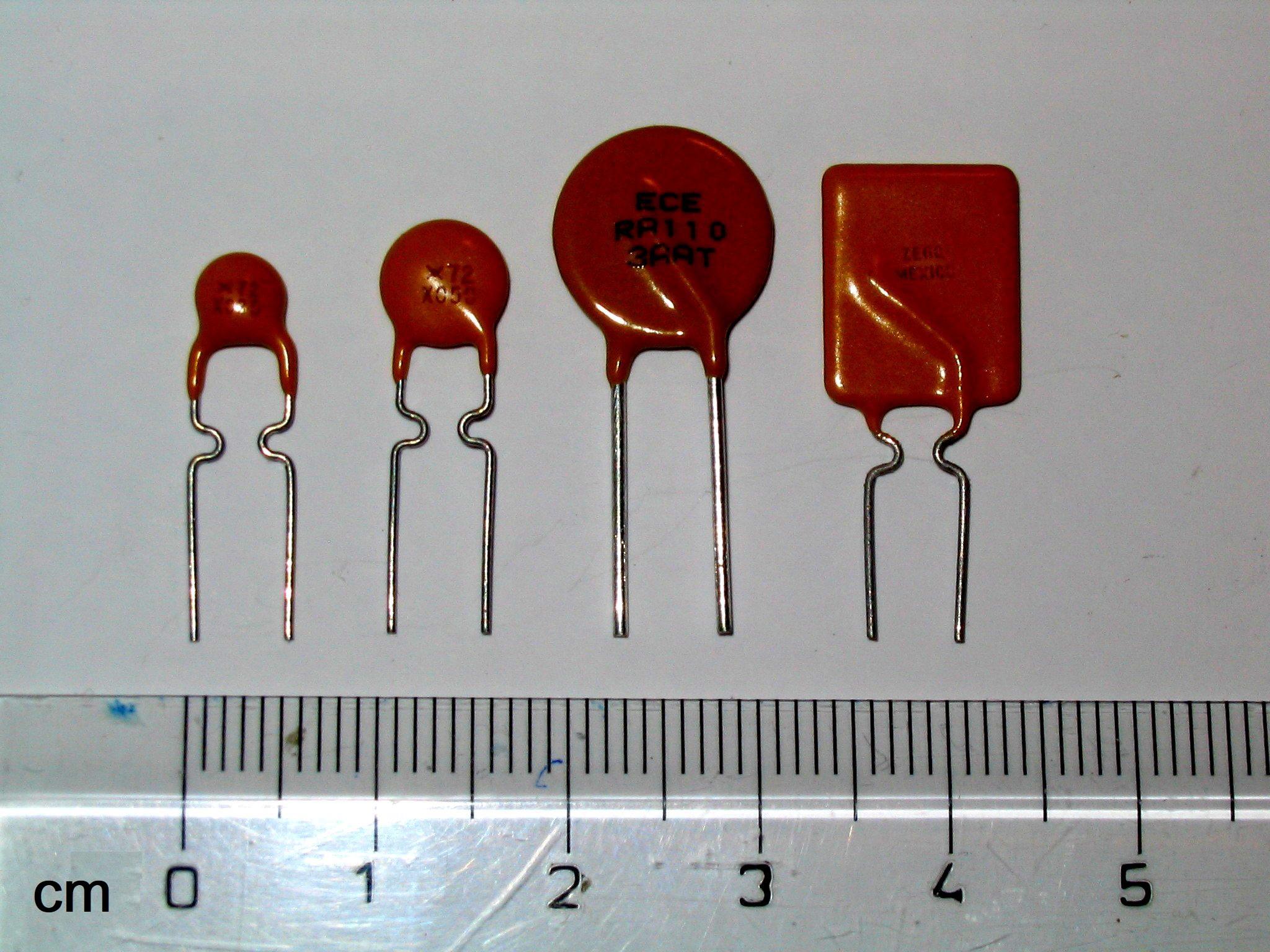In the realm of electrical protection, resettable fuses emerge as innovative solutions capable of safeguarding electronic circuits against overcurrent conditions. In this article, we'll delve into the intricacies of resettable fuses, elucidating their functions, effectiveness, potential drawbacks, and operational mechanisms.
What is a resettable fuse?
A resettable fuse, also known as a polymeric positive temperature coefficient (PPTC) device or a polyfuse, is a type of circuit protection component designed to automatically reset after tripping due to overcurrent conditions. Unlike traditional fuses, which require replacement after activation, resettable fuses offer the convenience of restoring circuit operation without manual intervention.

What does a resettable fuse do?
The primary function of a resettable fuse is to protect electronic circuits from excessive current flow, which could potentially lead to equipment damage or failure. When subjected to an overcurrent event, the resettable fuse rapidly increases its resistance, effectively limiting the current flow and protecting downstream components. Once the overcurrent condition is removed, the resettable fuse gradually returns to its low-resistance state, allowing normal circuit operation to resume. Helpful resource: https://en.wikipedia.org/wiki/Resettable_fuse
Are resettable fuses any good?
Resettable fuses offer several advantages over traditional fuses, including their ability to automatically reset after tripping, eliminating the need for manual replacement. Additionally, resettable fuses provide faster response times and improved reliability compared to mechanical fuses. Their compact size and versatility make them suitable for a wide range of applications, from consumer electronics to industrial machinery. Helpful resource: https://www.quarktwin.com/blogs/integrated%20circuit/resettable-fuses-the-secret-key-to-reliable-electronics/334
What are the disadvantages of a resettable fuse?
Despite their many benefits, resettable fuses also have some limitations. One drawback is their relatively high initial resistance, which can lead to increased power dissipation and voltage drop across the device, especially in low-current applications. Additionally, resettable fuses may exhibit a slower response time compared to traditional fuses under certain conditions, potentially affecting circuit protection effectiveness. Helpful resource: https://www.electricity-magnetism.org/resettable-fuses-ptc/
How does a self-resetting fuse work?
The operation of a self-resetting fuse, such as a PPTC device, relies on the unique properties of its polymeric material. Under normal operating conditions, the polymeric material maintains a low resistance, allowing current to flow through the device unhindered. However, when exposed to an overcurrent event, the material undergoes a phase transition, causing its resistance to increase dramatically. This sudden increase in resistance limits the current flow, effectively protecting the circuit. Once the overcurrent condition is removed, the polymeric material gradually returns to its original state, restoring the fuse's low resistance and allowing normal circuit operation to resume. Helpful resource: https://m.youtube.com/watch?v=tpQwuZ3Hqwc
In conclusion, resettable fuses offer a convenient and effective means of protecting electronic circuits from overcurrent conditions. While they possess several advantages, including automatic reset capabilities and improved reliability, it's essential to consider their limitations, such as initial resistance and response time, when selecting them for specific applications. By understanding the principles of resettable fuse operation and their potential drawbacks, engineers and designers can leverage these versatile components to enhance circuit protection and reliability in a wide range of electronic systems.
Facts Checked by Hugh Johnson
Hugh Johnson stands tall in the realms of both the Integrated Circuits (ic Chips) industry and the electronic parts industry, earning acclaim as an esteemed expert in these fields. With an extensive background steeped in semiconductor technology, Hugh's expertise transcends chip design and fabrication, encompassing a profound understanding of electronic components' intricate functionalities and applications. His seasoned knowledge spans diverse facets, from microchip architecture and fabrication techniques to the broader landscape of electronic parts utilized across industries.









